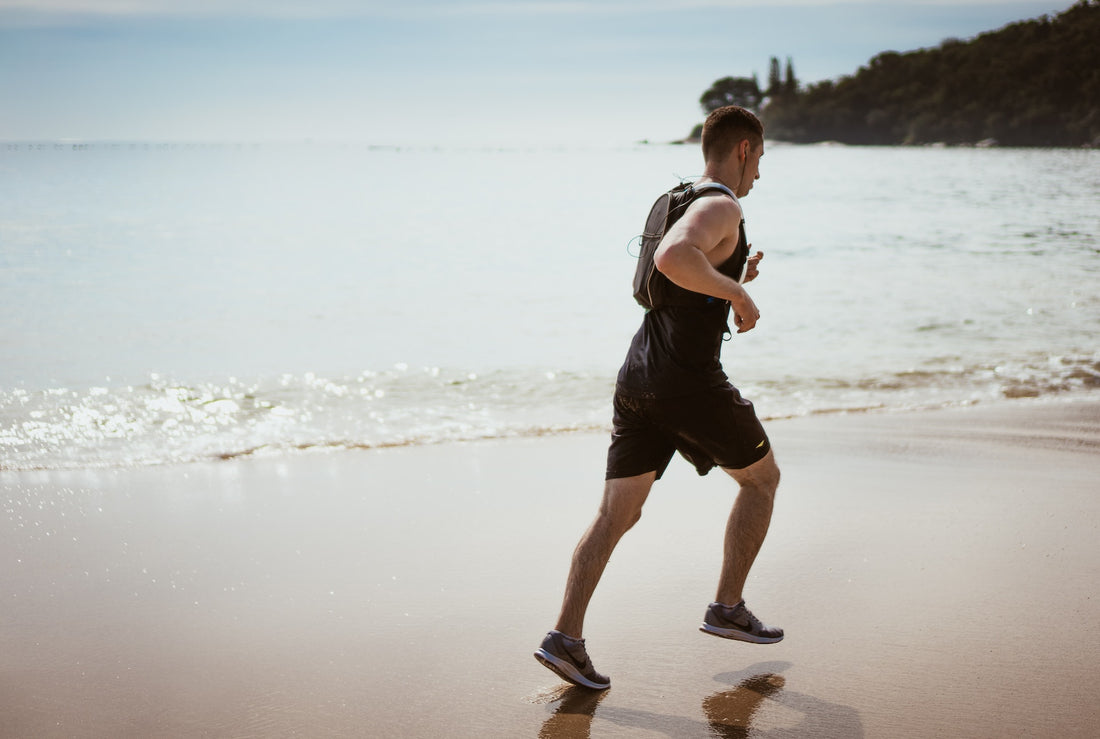
How to Choose the Right Shoes for Walking and Jogging on Different Surfaces
Share
Walking and jogging are fantastic ways to stay active, boost your cardiovascular health, and clear your mind. But the surfaces you choose to walk or jog on can greatly affect your experience and the strain placed on your body. To optimize your comfort, performance, and injury prevention, it's essential to select the right footwear. In this blog post, we'll explore how to choose the right shoes for walking and jogging on different surfaces.
1. Pavement and Roads:
Pavement and roads are the most common surfaces for urban walkers and joggers. When choosing shoes for these surfaces, consider the following:
-
Cushioning: Opt for shoes with ample cushioning to absorb the impact on hard surfaces like concrete. Look for models with midsole technologies such as EVA or air cushioning to provide shock absorption.
-
Durability: Road surfaces can wear down shoe outsoles quickly. Choose shoes with durable rubber outsoles designed to withstand frequent pavement contact.
-
Support: Proper arch and heel support are crucial, especially if you plan on logging longer distances. Look for shoes with supportive insoles and stability features.
-
Breathability: Pavement running can get hot, so choose shoes with breathable uppers to keep your feet cool and dry.
2. Trails and Off-Road Paths:
Running or walking on trails provides a different challenge, as the terrain is uneven and often includes rocks, roots, and varying elevations. Here's what to consider for trail shoes:
-
Traction: Trail shoes should have a more aggressive outsole with deep lugs for superior grip on uneven terrain. This prevents slipping and provides stability on challenging trails.
-
Protection: Look for shoes with a protective toe cap and rock plate to shield your feet from potential hazards on the trail.
-
Stability: Trails can be unpredictable, so shoes with added ankle support or a snug fit around the ankle can help prevent injury.
-
Water Resistance: If you're running on wet, muddy trails, consider shoes with water-resistant uppers to keep your feet dry.
3. Tracks and Synthetic Surfaces:
Tracks and synthetic surfaces, often found at sports complexes or in gyms, offer consistent and cushioned terrain. The key considerations here are:
-
Stability: Choose shoes with good stability features for track running. These surfaces are ideal for speed workouts, so a stable shoe can help maintain proper form.
-
Lightweight Design: Lightweight shoes can help you maintain your pace on the track without feeling weighed down.
-
Breathability: Tracks can get hot, so breathability is essential for comfort during workouts.
4. Sand and Beaches:
Beach jogging or walking is a unique experience, offering a soft and challenging surface. When selecting shoes for the sand, think about:
-
Sole Flexibility: Choose shoes with a flexible sole to allow your feet to move naturally on the soft surface.
-
Sole Protection: Look for shoes with adequate sole protection to shield your feet from sharp objects hidden in the sand.
-
Minimalist Design: Some prefer minimalist shoes for beach workouts to mimic a barefoot feel while providing protection.
-
Water Drainage: If you're running near the waterline, consider shoes with water drainage features to keep your feet comfortable and dry.
In conclusion, selecting the right shoes for walking and jogging on different surfaces is essential for a comfortable and injury-free experience. Consider factors such as cushioning, support, stability, and protection based on the surfaces you frequent. Ultimately, the best shoe for you will align with your unique preferences and the type of walking or jogging you enjoy. Investing in the right footwear ensures that you can fully enjoy the physical and mental benefits of these activities while keeping your feet healthy and happy.
